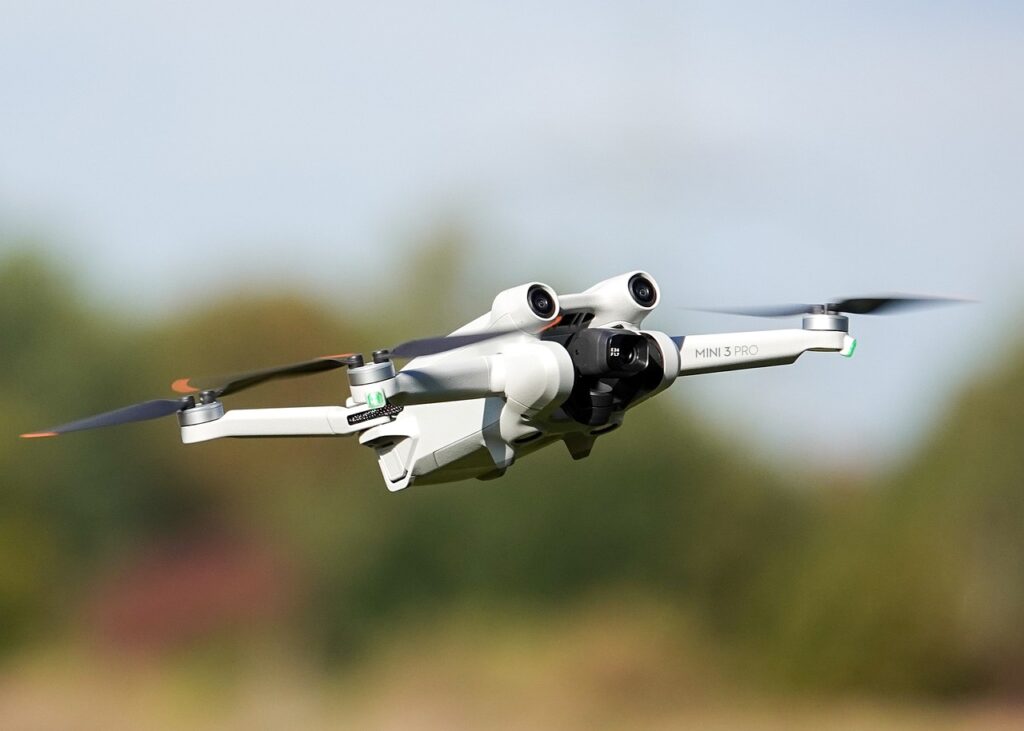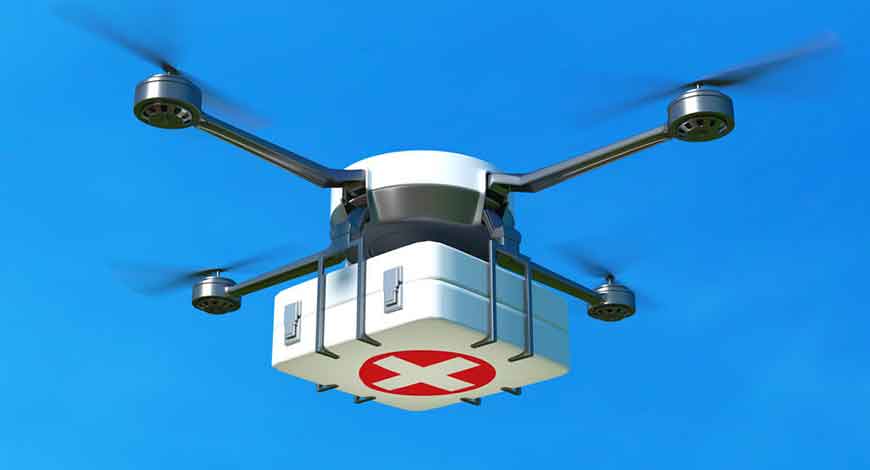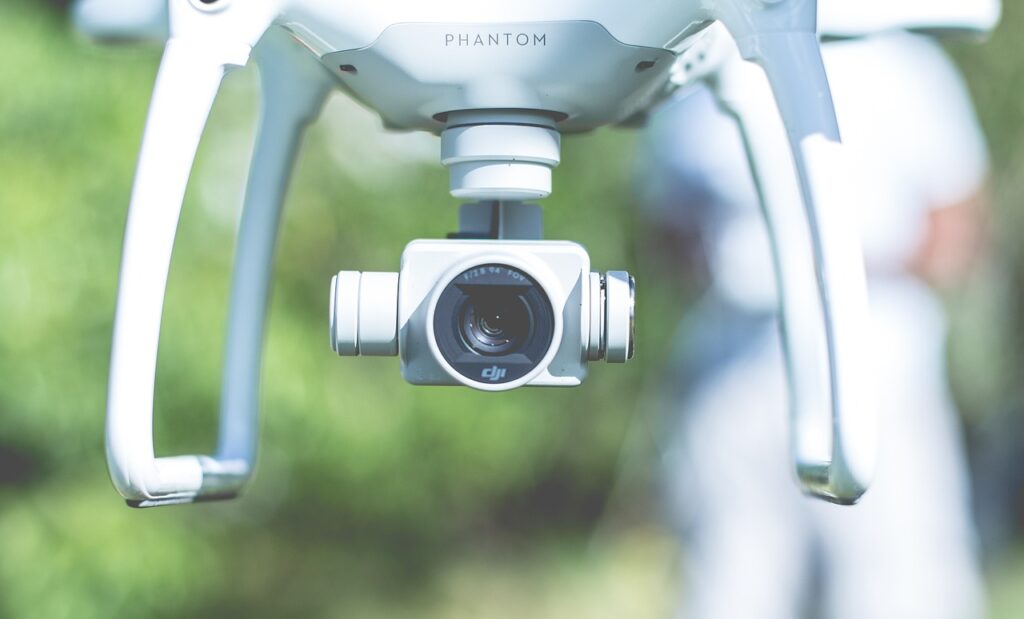Drones are already proving their effectiveness in delivering medical supplies.
The use of unmanned aerial vehicles for delivering medical supplies proved to be the safest, most efficient and contactless option in emergency situations.
In the recent history of the COVID-19 virus in China and spread across the world. Certainly, the most effective way for delivering medical supplies from the hospital to places within a 5 km radius, was the use of drones in potentially infected areas and proved to be the safest and most efficient option.

The use of these devices to deliver essential supplies is not new. Also, select organizations around the world have previously tested these applications, which push the boundaries of technology, regulations and operations, with positive, but limited results.
Although these facts show that it is possible to deliver medicines with these devices, be aware of and respect local policies and procedures before performing these operations.
The delivery of medical supplies using unmanned aerial vehicles will become a global trend in the coming years. Imagine living in a remote village, hours away from the nearest hospital, and needing urgent medication. For many people around the world, this is not a hypothetical situation — it’s daily life. That’s why the use of these flying machines in healthcare isn’t just a technological breakthrough; it’s a lifeline. These small flying machines bring not only medicine, but also hope — hope that no matter where you live, you won’t be left behind when health emergencies strike.
In several countries, these devices are already proving their effectiveness in delivering medical supplies: Africa, Asia and America.
The disadvantages:
- The equipment is not cheap, so its massive use requires a large investment.
- They require trained personnel to operate it. Likewise, personnel to process the images obtained with them.
- They are not useful for long journeys or carrying heavy loads.
Different types and uses:
- Firefighting.
- Predictive maintenance of electrical networks.
- Rescue in natural disasters.
- Services to isolated villages
The use of these devices in the health sector is only the beginning. In the future, it is expected that the supply equipment will be able to perform even more complex tasks, such as telemedicine or the delivery of organs for transplants.
Therefore, we can affirm that these unmanned aerial vehicles are proving to be an invaluable tool in the fight to save lives.







